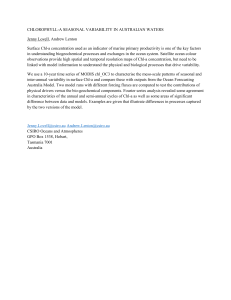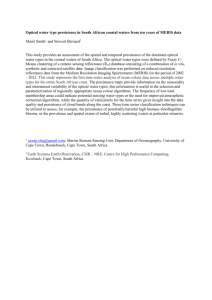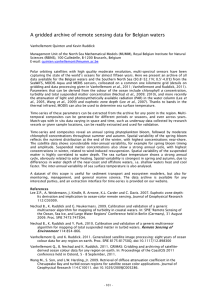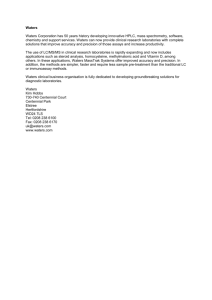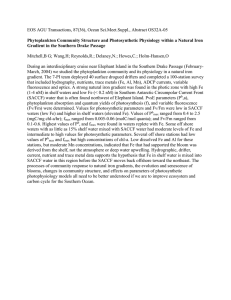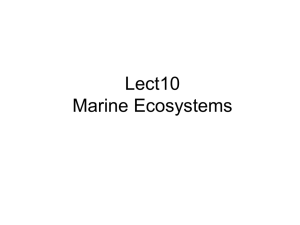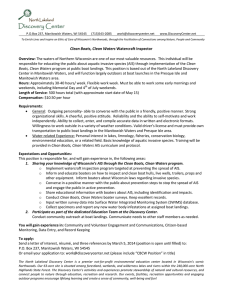aslo_case1waters
advertisement
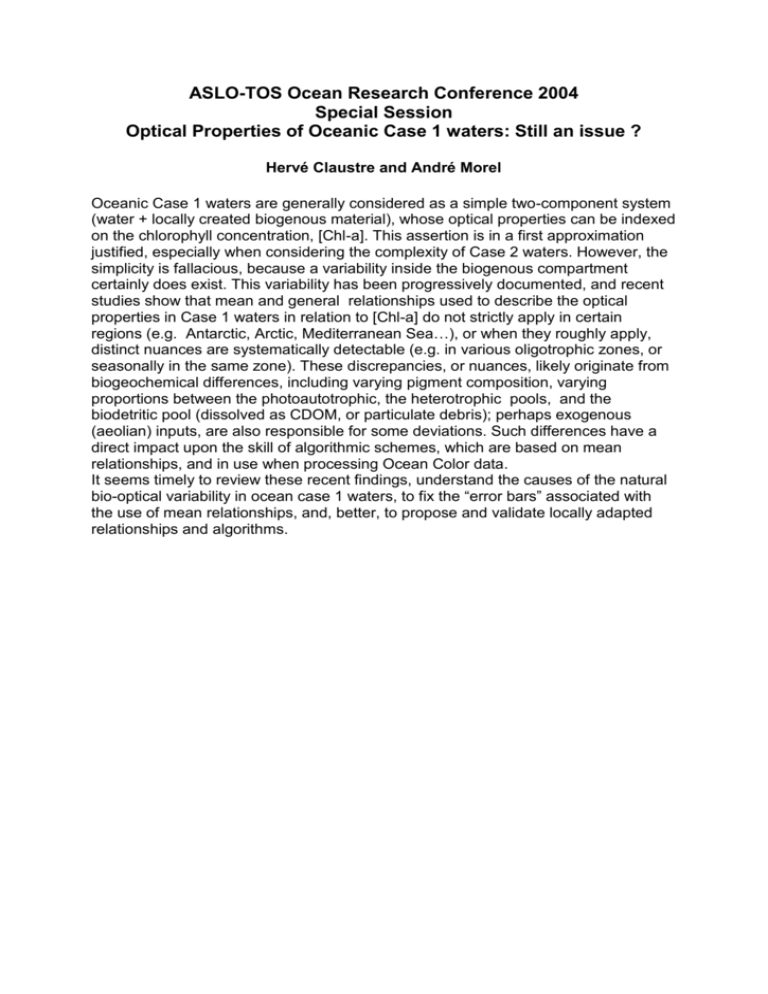
ASLO-TOS Ocean Research Conference 2004 Special Session Optical Properties of Oceanic Case 1 waters: Still an issue ? Hervé Claustre and André Morel Oceanic Case 1 waters are generally considered as a simple two-component system (water + locally created biogenous material), whose optical properties can be indexed on the chlorophyll concentration, [Chl-a]. This assertion is in a first approximation justified, especially when considering the complexity of Case 2 waters. However, the simplicity is fallacious, because a variability inside the biogenous compartment certainly does exist. This variability has been progressively documented, and recent studies show that mean and general relationships used to describe the optical properties in Case 1 waters in relation to [Chl-a] do not strictly apply in certain regions (e.g. Antarctic, Arctic, Mediterranean Sea…), or when they roughly apply, distinct nuances are systematically detectable (e.g. in various oligotrophic zones, or seasonally in the same zone). These discrepancies, or nuances, likely originate from biogeochemical differences, including varying pigment composition, varying proportions between the photoautotrophic, the heterotrophic pools, and the biodetritic pool (dissolved as CDOM, or particulate debris); perhaps exogenous (aeolian) inputs, are also responsible for some deviations. Such differences have a direct impact upon the skill of algorithmic schemes, which are based on mean relationships, and in use when processing Ocean Color data. It seems timely to review these recent findings, understand the causes of the natural bio-optical variability in ocean case 1 waters, to fix the “error bars” associated with the use of mean relationships, and, better, to propose and validate locally adapted relationships and algorithms.
